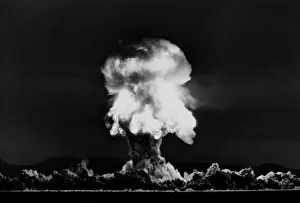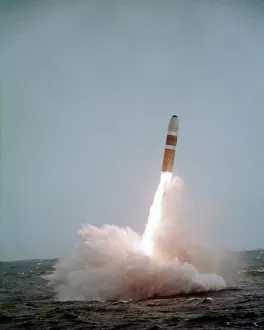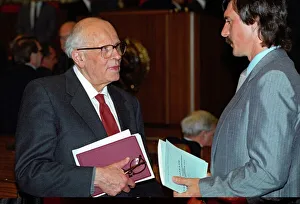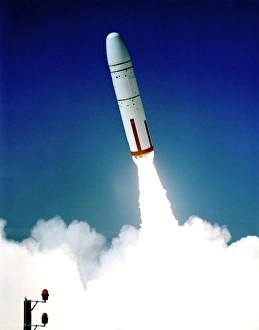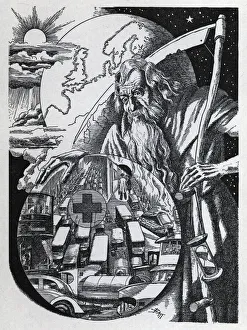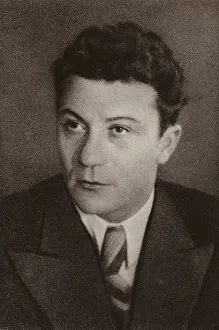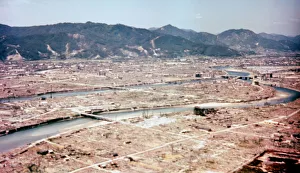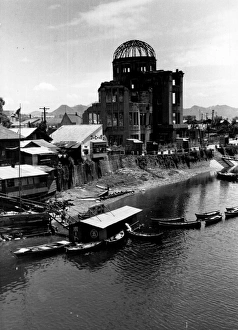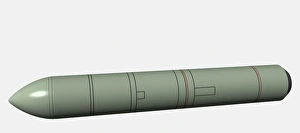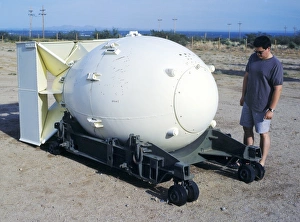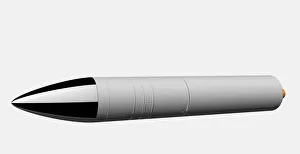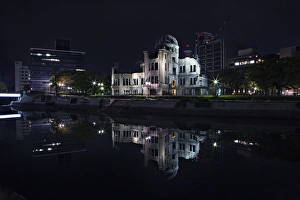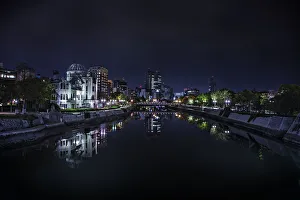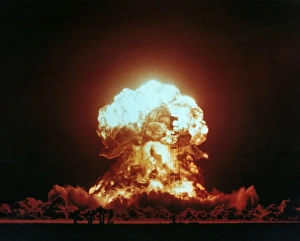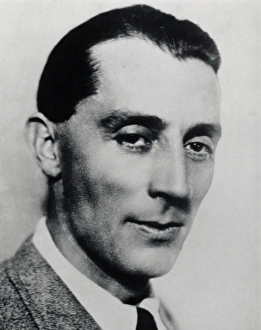Nuclear Weapon Collection
"Nuclear Weapons: A Legacy of Destruction and Controversy" The devastating power of nuclear weapons has left an indelible mark on history
All Professionally Made to Order for Quick Shipping
"Nuclear Weapons: A Legacy of Destruction and Controversy" The devastating power of nuclear weapons has left an indelible mark on history, forever altering the course of humanity. From the harrowing images of a nuclear bomb explosion during the Nevada Test on 23rd July 1957 to the awe-inspiring Trident missile test launches C016/6616 and C016/6615, these events serve as chilling reminders of mankind's ability to unleash unimaginable destruction. Renowned Russian physicist Andrei Sakharov played a pivotal role in shaping our understanding of nuclear weaponry, his contributions immortalized in photographs like C013/9158. Meanwhile, Abram Alikhanov, a Soviet Armenian physicist captured in a black-and-white photo, also made significant strides towards advancing this deadly technology. Intriguingly, even political campaigns have been intertwined with discussions surrounding nuclear arms. An unknown creator designed a newspaper insert for Jesse Jackson's 1984 presidential campaign that undoubtedly aimed to raise awareness about the pressing issue at hand. Yet amidst all this chaos and devastation lies stories of resilience and survival. The haunting image depicting survivors from Hiroshima after the atom bomb was dropped in August 1945 serves as a stark reminder of both human suffering and our capacity for endurance. One cannot forget the sheer magnitude unleashed by these weapons either - such as the mind-boggling 150-megaton thermonuclear explosion at Bikini Atoll on March 1st, 1954. The destructive force witnessed that day is etched into history books forever. Hiroshima itself stands as an enduring symbol - its cityscape transformed into ruins following the dropping of an atomic bomb in August 1945. This event not only marked one of humanity's darkest hours but also served as a catalyst for global conversations around disarmament and peacekeeping efforts. Even today, digital illustrations showcasing powerful Russian missiles like SS-N-20 remind us that the threat of nuclear weapons persists, demanding our attention and collective action.

